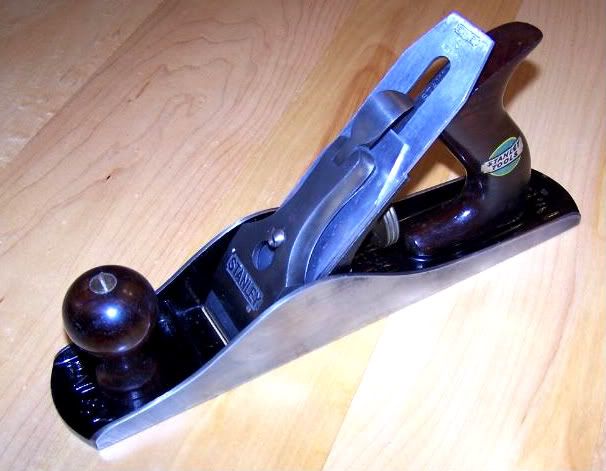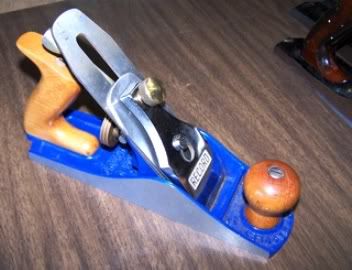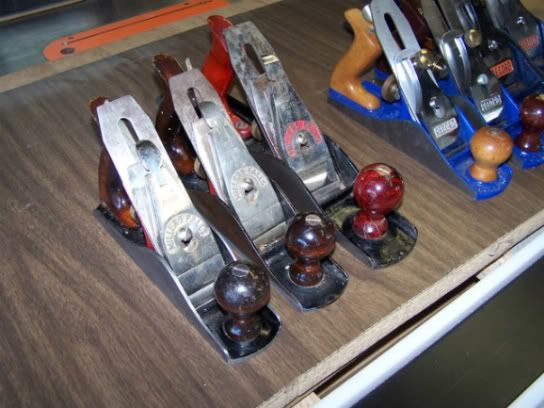Looking to make my first handplane purchases and want to get the most bang for my buck, a combination of used and new. I figure I want to get one new plane that just needs some sharpening so I can feel what a properly tuned tool feels like when working wood.
The new planes I'm considering are the bevel-up jointer, jack, and smoother from lee valley.
Which of the new planes gives me the most for my money?
Which old planes should I target? Looking for the common Stanleys, good users that are moderately priced.
I don't mind doing some basic cleaning and tuning of a used plane, but would probably pay a little more for one that someone else has already tuned. I just read the thread on flattening the #7 and not sure I want to attempt anything like that yet.
edit to add that my first project is the Roubo bench, so I will need to plane and joint 8' long 2x4's that have been ripped from 2x10's and 2x12's (SYP).




 Reply With Quote
Reply With Quote









 .
. !
!